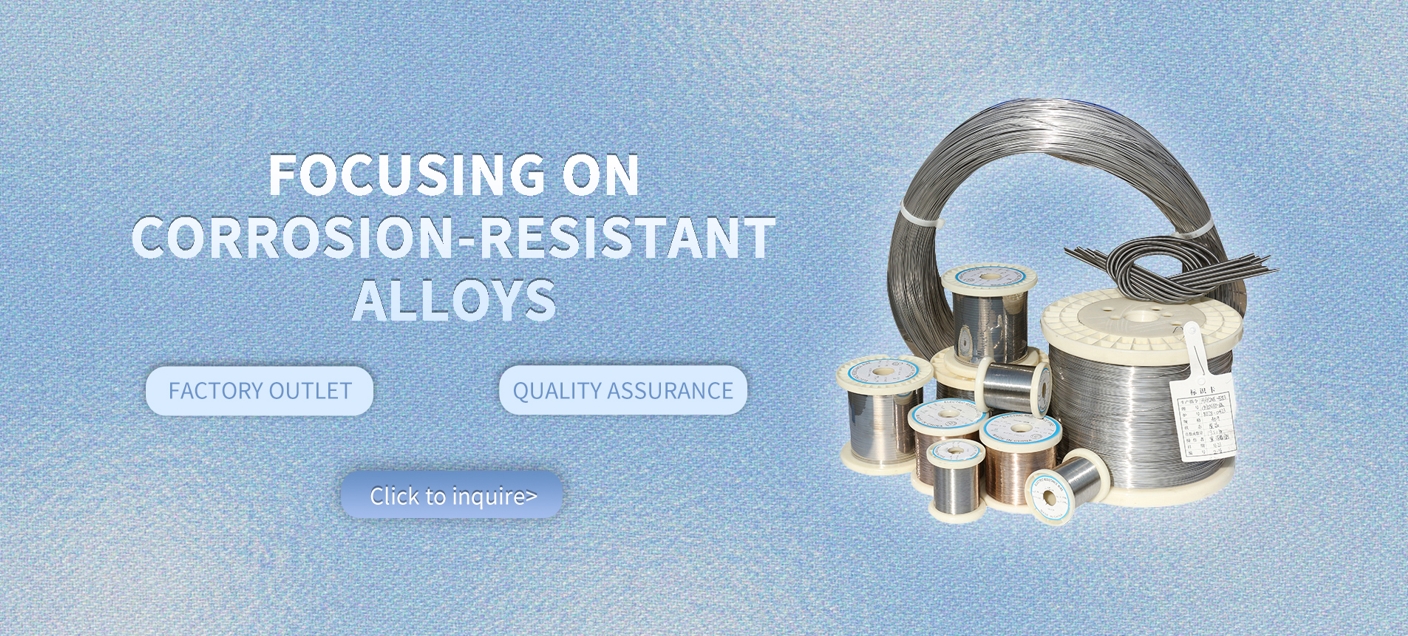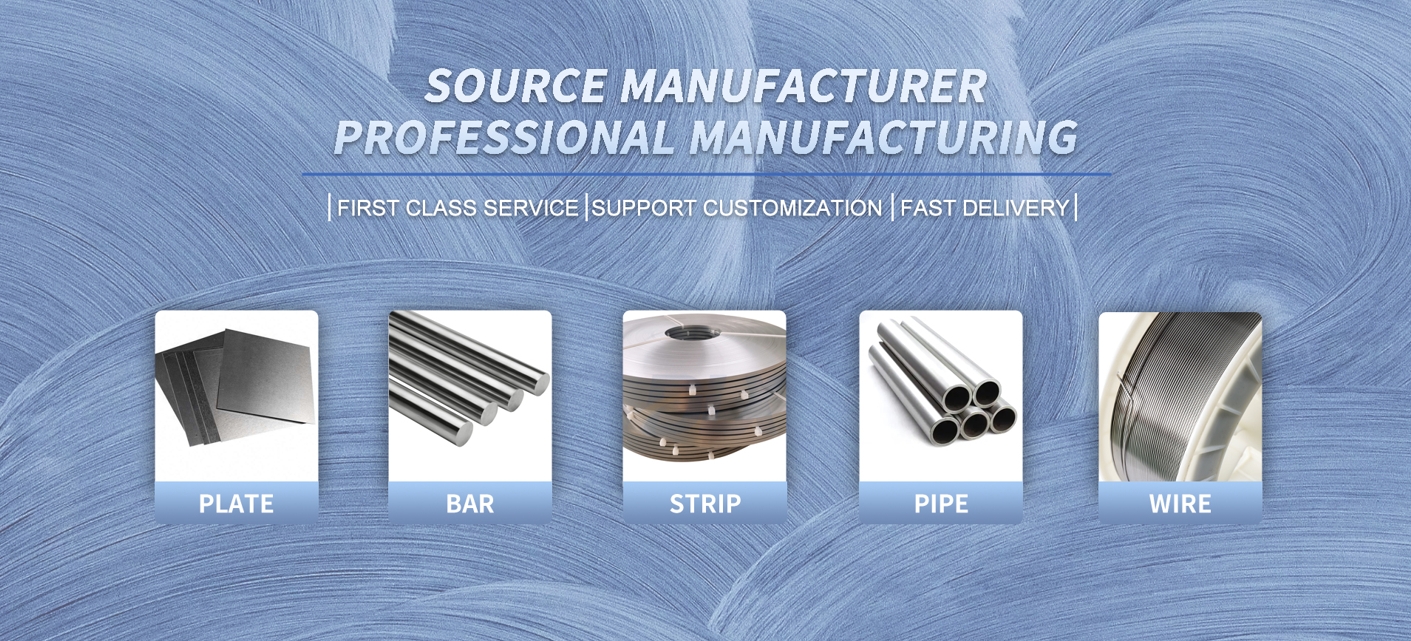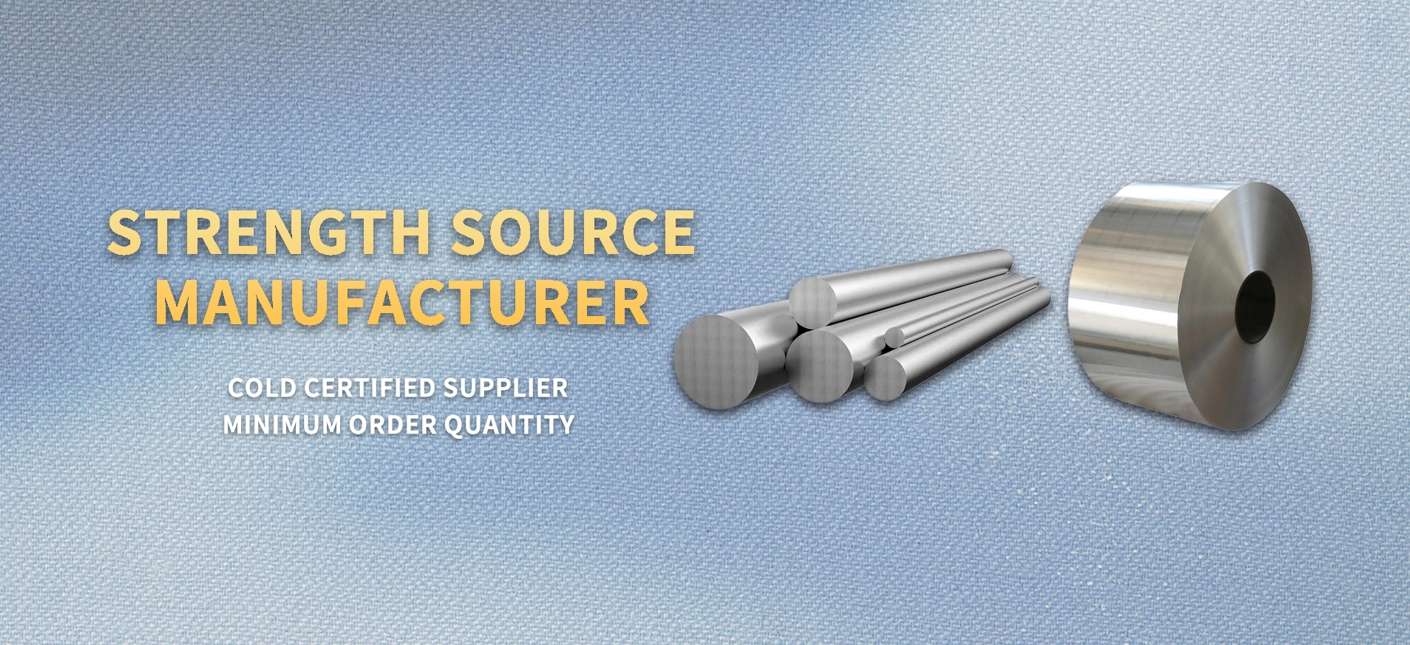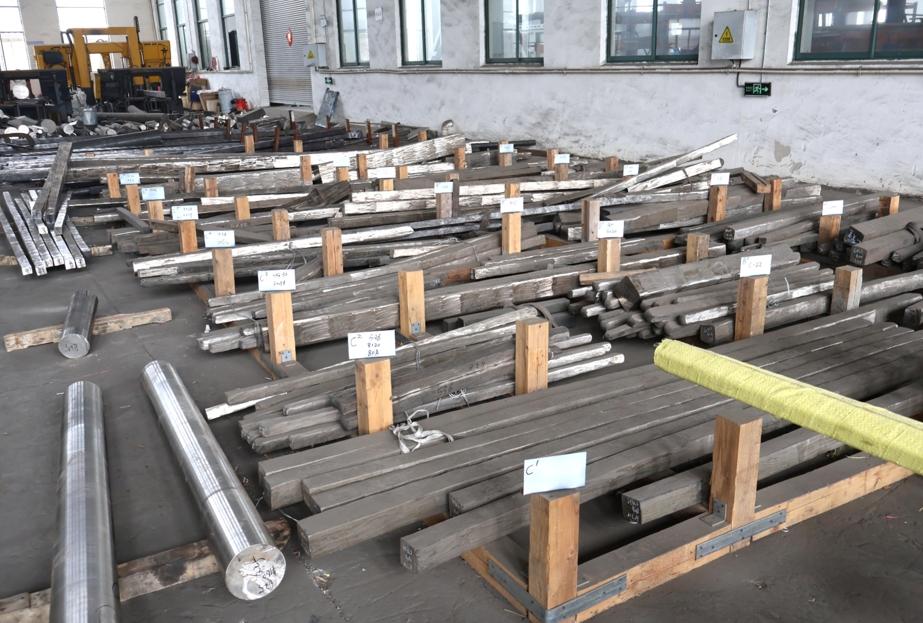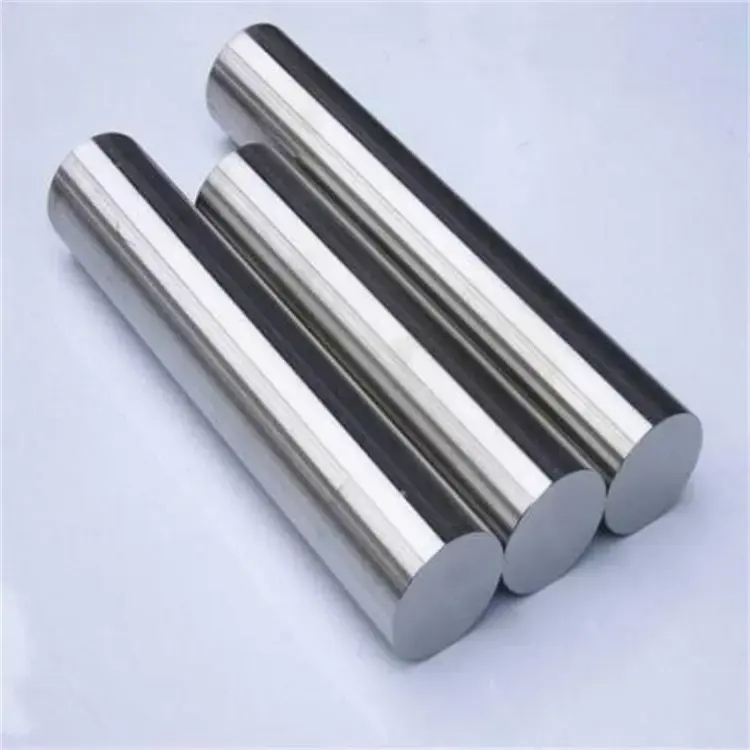Corrosion-Resistant CuNi14 Round Bar for Industrial Applications
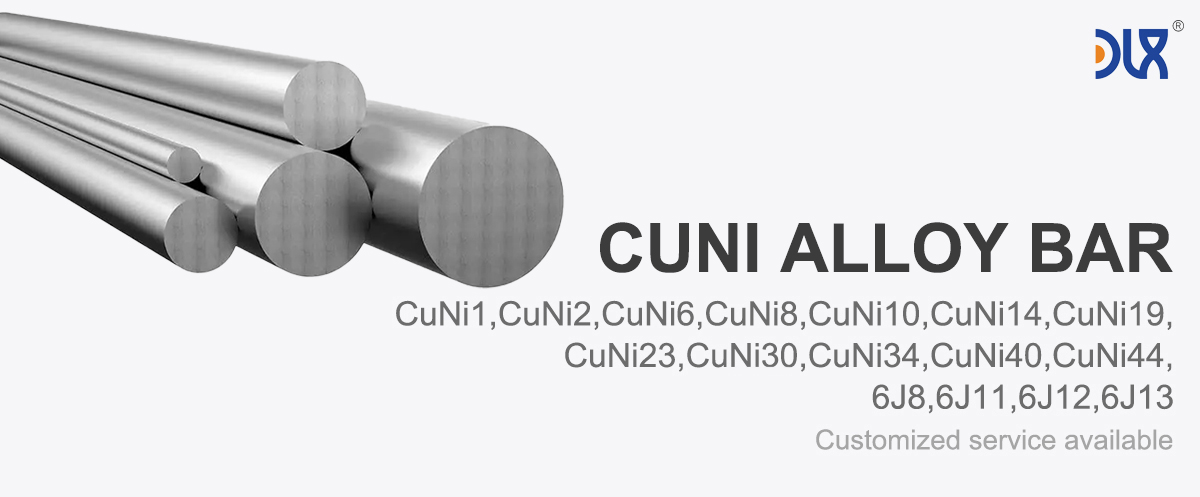
The CuNi14 round bar is a high-strength, corrosion-resistant alloy that plays a critical role in industrial and marine engineering. With around 14% nickel in its composition, this copper-nickel alloy offers excellent resistance to seawater corrosion, biofouling, and stress cracking. Its reliability under harsh conditions makes it one of the most sought-after materials for projects requiring long-lasting durability.
At DLX, we provide CuNi14 round bars that meet international standards and exceed industry expectations. Our expertise in alloy manufacturing allows us to deliver products that are precise, consistent, and tailored to the needs of complex industrial applications.
For more details, pls directly contact us.
Copper-nickel alloys have long been the backbone of marine and industrial engineering due to their ability to withstand aggressive environments. As industries continue to expand into offshore oil, renewable energy, and desalination, the demand for CuNi14 has grown significantly.
Global trends show increased investments in desalination plants and offshore infrastructure, which directly drives the need for reliable piping, condensers, and structural components. While lower nickel alloys like CuNi8 are used in mild conditions, CuNi14 offers the additional strength and reliability required for more demanding environments, while being more cost-effective than higher nickel grades like CuNi34.
Shipbuilding – Used for piping systems, condensers, and fittings that must resist seawater corrosion.
Marine Engineering – Ideal for offshore platforms, pump components, and underwater pipelines.
Desalination Plants – Essential for piping and heat exchangers exposed to continuous seawater contact.
Power Generation – Applied in cooling water systems and condensers, especially in coastal power stations.
Chemical Processing – Used in environments requiring resistance to corrosion and mechanical durability.
The adoption of copper-nickel alloys, especially CuNi14 is expected to increase steadily. With climate change driving the need for desalination and renewable energy infrastructure, materials with superior corrosion resistance will remain in high demand. Additionally, naval modernization programs and offshore oil projects are further boosting usage.
Parameter:

Properties Material | Resistivity 200c μΩ.m | Max working temperature (℃) | Tensile strength (Mpa) | Melting point (℃) | Density (g/cm3) | TCR *10-6/℃ (20-600℃) | EMF vs Cu (μV/℃) (0-100℃) |
0.03 | 200 | 210 | 1085 | 8.9 | <100 | -8 | |
CuNi2 | 0.05 | 200 | 220 | 1090 | 8.9 | <120 | -12 |
0.1 | 220 | 250 | 1095 | 8.9 | <60 | -18 | |
CuNi8 | 0.12 | 250 | 270 | 1097 | 8.9 | <57 | -22 |
0.15 | 250 | 290 | 1100 | 8.9 | <50 | -25 | |
CuNi14 | 0.2 | 300 | 310 | 1115 | 8.9 | <30 | -28 |
0.25 | 300 | 340 | 1135 | 8.9 | <25 | -32 | |
CuNi23 | 0.3 | 300 | 350 | 1150 | 8.9 | <16 | -34 |
CuNi30 | 0.35 | 350 | 400 | 1170 | 8.9 | <10 | -37 |
CuNi34 | 0.4 | 350 | 400 | 1180 | 8.9 | 0 | -39 |
0.5 | 400 | 420 | 1200 | 8.9 | <-6 | -43 |
Size Range | |
Wire | 0.08-7.5mm |
Ribbon | (0.05-0.35)*(0.5-6.0)mm |
Strip | (0.50-2.5)*(5-180)mm |
Rod | 8-50mm |
For more details, pls directly contact us.
While stainless steels are often considered for similar applications, they suffer from localized corrosion in seawater environments. CuNi14 offers natural resistance without coatings, reducing long-term maintenance costs. Compared to higher nickel grades, it remains an economical choice for industrial projects, striking the right balance between performance and cost.
At DLX, we distinguish ourselves by focusing on delivering quality and consistency. Our CuNi14 round bars are produced using advanced manufacturing techniques that ensure uniform composition, dimensional accuracy, and excellent surface finish.
We offer customization to meet client-specific requirements, from size and shape to finishing and tolerances. Our engineering team works closely with customers to provide tailored solutions, making sure the materials integrate seamlessly into their systems.
DLX also stands out with its robust global supply chain. Timely delivery is crucial in large-scale projects, and our logistics capabilities guarantee reliable supply worldwide. This level of service ensures that our clients can execute projects efficiently and without delays.
Comparison Table
| Property | CuNi14 Bar | CuNi19 Bar | CuNi34 Bar | CuNi8 Bar |
|---|---|---|---|---|
| Nickel Content (%) | ~14 | ~19 | ~34 | ~8 |
| Corrosion Resistance | Excellent in seawater | Excellent in seawater | Superior in harsh conditions | Good in mild marine use |
| Mechanical Strength | High | Higher than CuNi14 | Very High | Moderate |
| Weldability | Excellent | Excellent | Good | Good |
| Biofouling Resistance | Strong | Strong | Strong | Moderate |
| Typical Applications | Marine engineering, piping | Heat exchangers, power plants | Offshore structures, shipbuilding | Electrical and small parts |
In a major desalination facility, DLX supplied CuNi14 round bars for piping systems. The material’s corrosion resistance ensured reduced downtime and lower operating costs.
For an offshore oil platform, our bars were used in structural and piping applications, where they provided reliable performance against erosion and seawater exposure.
As the world shifts toward sustainable energy and water solutions, the use of copper-nickel alloys like CuNi14 will continue to rise. DLX is committed to supporting this growth by investing in new technologies and maintaining strict quality controls, ensuring that our customers always receive the best materials for their applications.
The CuNi14 round bar stands out as a versatile, corrosion-resistant alloy essential for industrial and marine engineering. Its combination of durability, mechanical strength, and cost-effectiveness makes it an indispensable choice for industries worldwide.
DLX’s expertise, customer-oriented service, and commitment to innovation position us as a trusted partner in supplying CuNi14 round bars. By choosing DLX, clients secure not just materials but also long-term reliability and performance in their most demanding projects.
For more details, pls directly contact us.
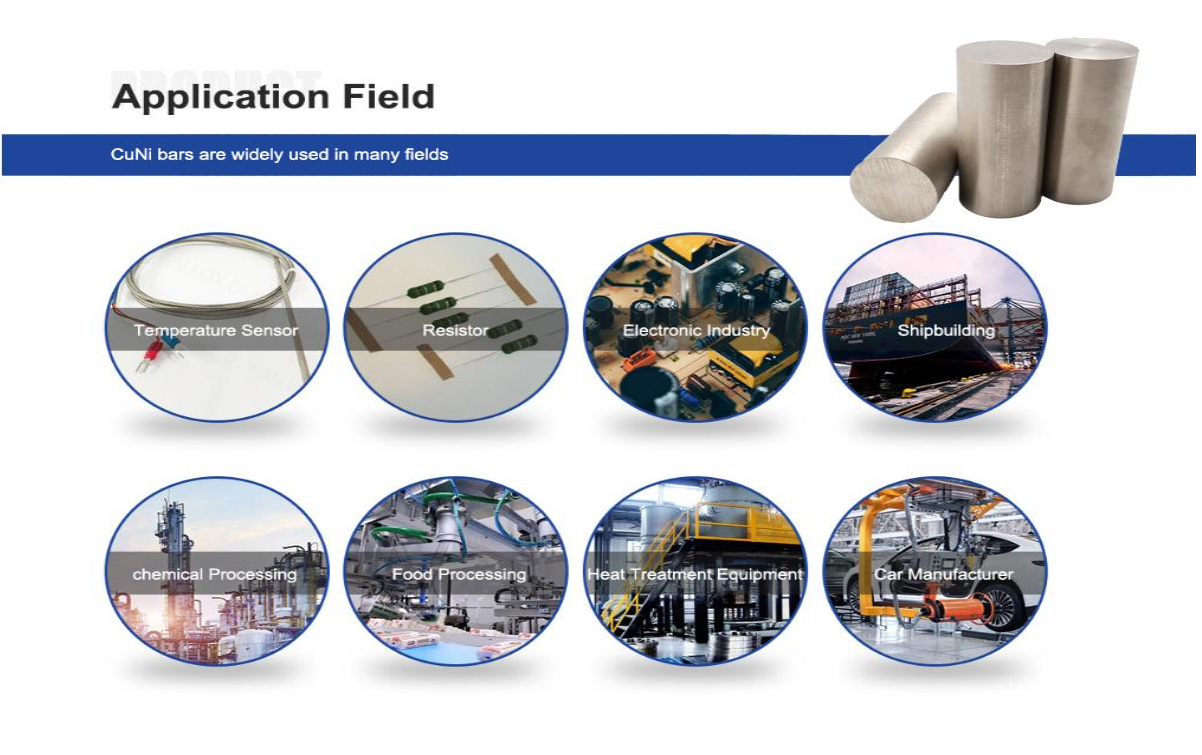


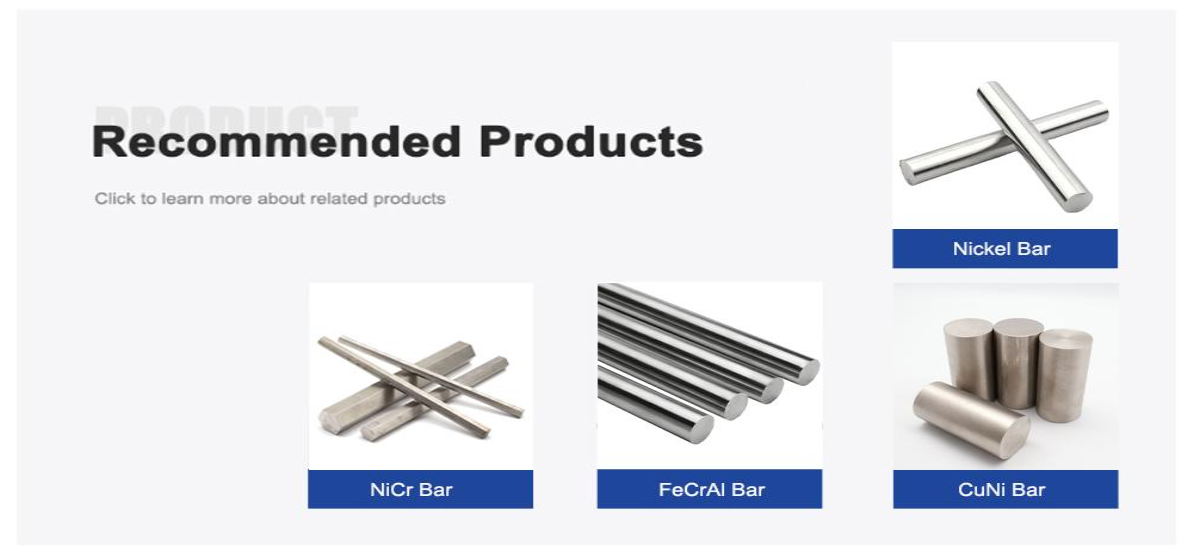
About Us:
Our 12,000㎡ factory is equipped with complete capabilities for research, production, testing, and packaging. We strictly adhere to ISO 9001 standards in our production processes, with an annual output of 1,200 tons. This ensures that we meet both quantity and quality demands. Furthermore, all products undergo rigorous simulated environment testing including high temperature, high pressure, and corrosion tests before being dispatched, ensuring they meet customer specifications.
For all our clients, we offer timely and multilingual after-sales support and technical consulting, helping you resolve any issues swiftly and efficiently.
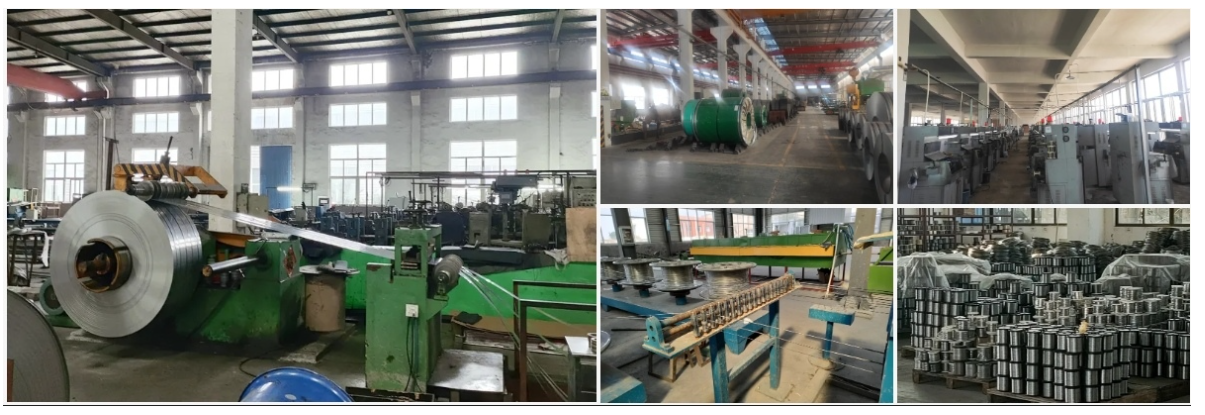
Client Visits
Building Stronger Partnerships
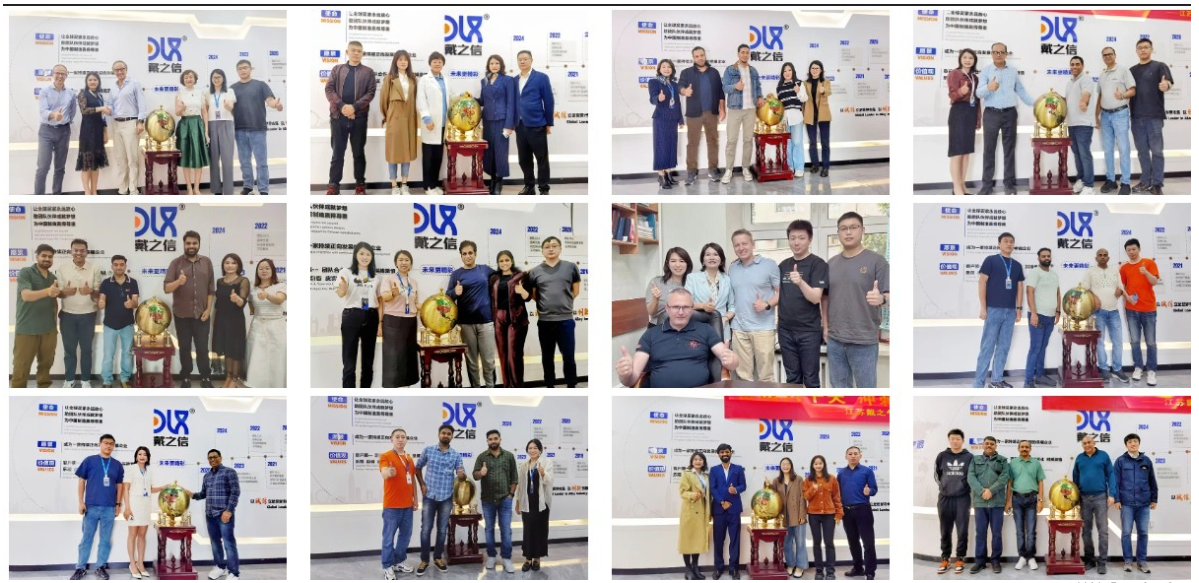
We support all kinds of testing:
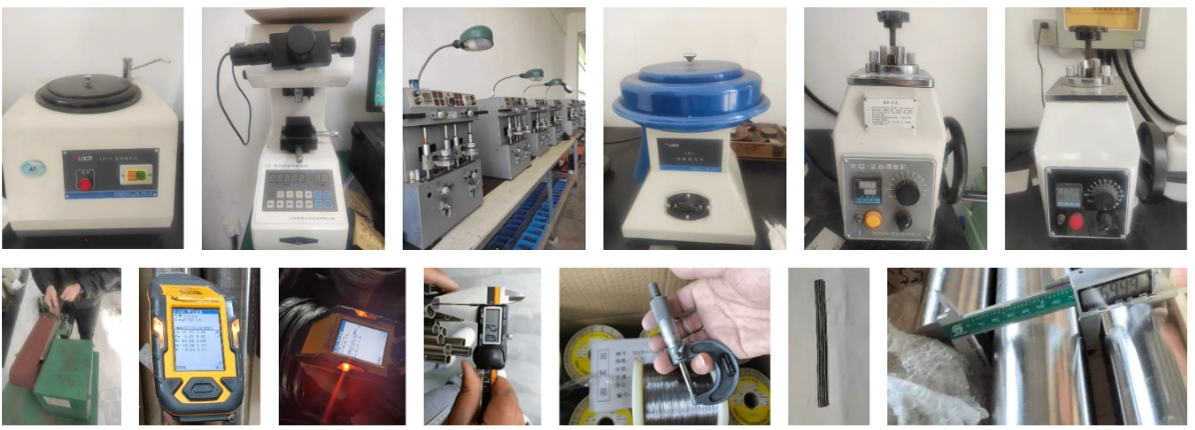

FAQs:
What is CuNi14 round bar made of?
CuNi14 round bar is made of copper and nickel, with approximately 14% nickel, offering excellent strength and corrosion resistance.Why is CuNi14 bar used in industrial applications?
It provides high mechanical strength, superior resistance to seawater corrosion, and long service life in harsh environments.Can CuNi14 round bar be used in marine systems?
Yes, it is widely used in shipbuilding, desalination, and offshore engineering due to its resistance to biofouling and seawater damage.How does CuNi14 compare to CuNi19 and CuNi34?
CuNi14 provides a balanced combination of cost and durability, while CuNi19 offers slightly higher strength and CuNi34 excels in extreme environments.What standards cover CuNi14 round bars?
They are manufactured under ASTM, EN, and DIN standards for copper-nickel alloys.Does CuNi14 resist erosion and cavitation?
Yes, the alloy resists erosion and cavitation in high-velocity seawater, making it reliable for piping and pump components.Is CuNi14 suitable for welding and fabrication?
Yes, it has excellent weldability and can be fabricated with conventional processes.What industries rely most on CuNi14 bars?
Marine engineering, desalination plants, offshore oil and gas, power generation, and chemical processing.
